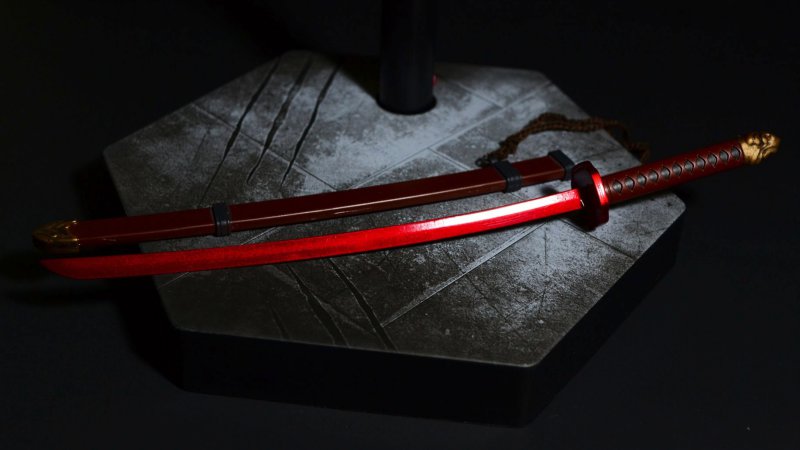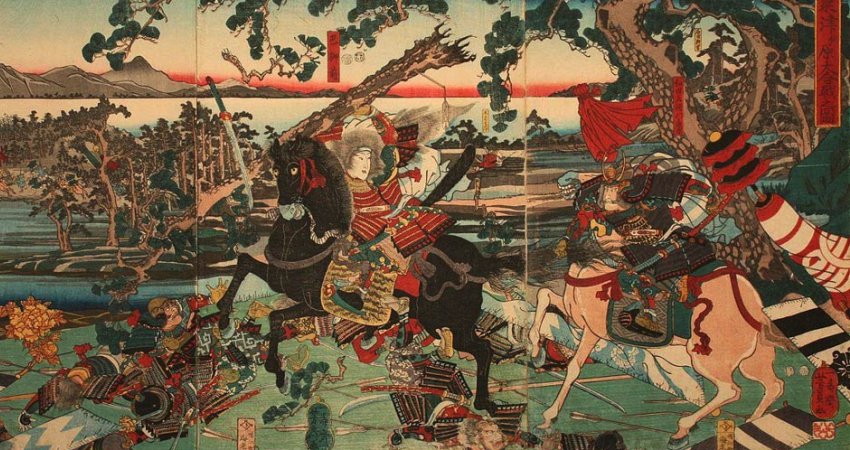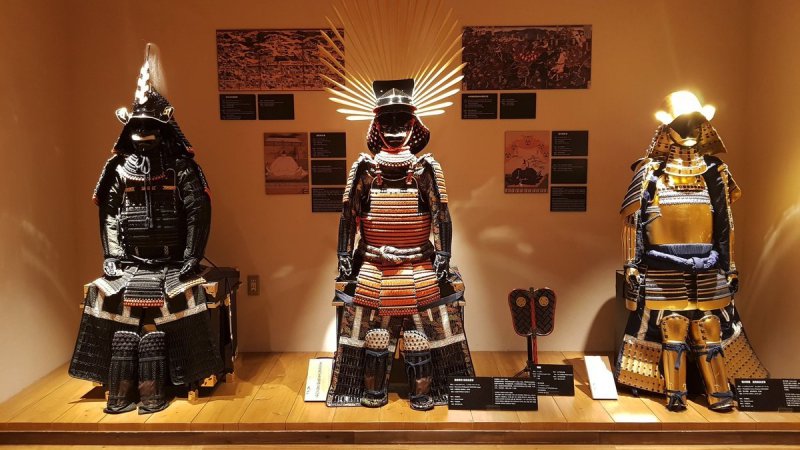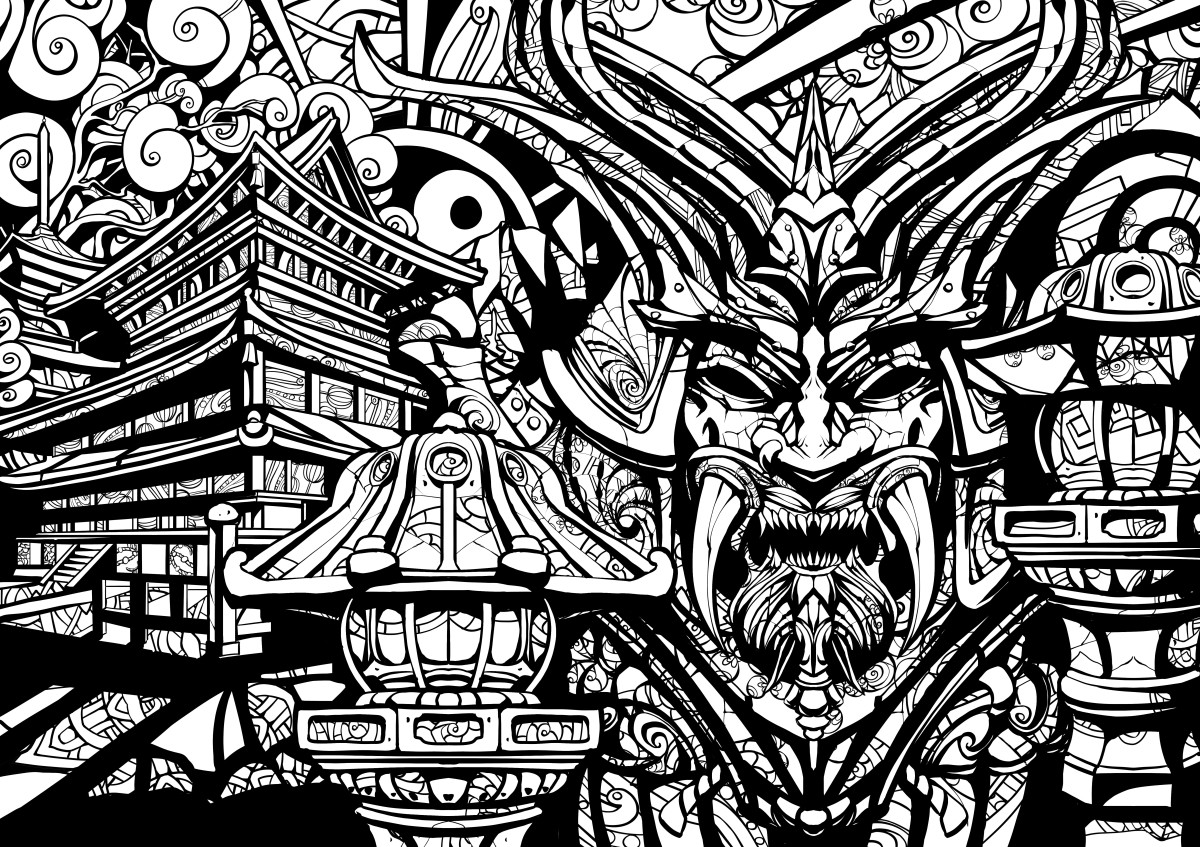The samurai are widely recognized as the most iconic warriors in Japanese history. They emerged during Japan's feudal period in response to the country's constant internal battles, many of which stemmed from territorial disputes between feudal lords. Due to the need to protect their lands, the feudal lords (known as daimyo) and the Japanese empire itself came to rely on the help of the samurai.
Although they are often portrayed as honorable and fearless warriors, their main function was to protect the interests of the aristocracy and the daimyo, as well as collecting taxes. The code that guided their actions was the bushido, or "way of the warrior", which emphasized values such as loyalty, self-discipline, respect and ethics. Many samurai also adhered to the teachings of Zen Buddhism, seeking balance and serenity in their lives.
The apex of the samurai class occurred during the Edo period (1603-1867), when they established themselves as Japan's military and social elite. Armed with swords, bows and arrows, they became enduring symbols of Japanese culture and tradition.
Table of Content
Curiosities about the samurai
Despite the stereotypical image that many films and stories present, the samurai were a complex class with many little-known aspects. Below, we explore ten curious facts about these warriors:
1. Not all samurai were elite
Although samurai are generally seen as members of the elite, not all belonged to that class. Many soldiers were, in fact, ashigaru, peasants who joined the military forces of the daimyo. These warriors, although less prestigious, played a vital role in battles, being trained for combat, especially during times of war.
2. Christian samurai
With the arrival of Jesuit missionaries in Japan, some daimyo converted to Christianity in order to gain access to European military technology. Arima Harunobu, for example, used European cannons in his battles. Another Christian daimyo, Don Justo Takayama, chose exile rather than renounce his faith when Japan began to persecute Christians.

3. Retreat strategy
Although the samurai code of honor emphasized fighting to the death, strategies such as tactical retreat were used to lure enemies into traps. A notable example was the Shimazu clan, who used firearms and the tactic of false retreat to surprise their enemies in ambushes.
4. Names for the swords
Samurai believed that their swords possessed spirits and therefore gave them names. The sword chokuto was one of the oldest, but the katana ended up becoming the most famous. In addition to swords, samurai also used bows, arrows, and later, firearms.

5. Samurai pirates
In the 13th century, a combination of poor harvests and financial crisis in Japan led many ronin (masterless samurais) to become pirates. They joined criminal groups that exploited the weakness of oversight systems, carrying out raids along the coasts of Japan and Asia.
6. Samurai women
Although most samurai were men, women also played important roles. Known as onna-bugeisha, these warriors were trained in martial arts and fought alongside men in times of need. Despite their significance, they are often little mentioned in historical records.

7. Display of severed heads
As part of samurai tradition, displaying the heads of defeated enemies was proof of duty done. These heads were shown to the daimyo and then displayed with the name of the victim and his killer, symbolizing the warrior's honour.
8. Education beyond war
Samurais were not just warriors; they were also highly educated. The bushido demanded that samurais improve themselves in various disciplines, such as mathematics, calligraphy, poetry, and painting. This distinguished them from other warriors, such as European knights, who rarely received formal education.
9. Functional armor
Samurai armor was designed to offer mobility and protection. Unlike the heavy armor of Europe, samurai armor allowed for greater agility without compromising strength. This efficiency is an example of how Japanese technology has always prioritized functionality.

10. Scary masks
As well as protecting the warriors' faces, the masks worn by the samurai were designed to intimidate their enemies. They often had terrifying expressions, inspiring fear on the battlefields. These masks even influenced the creation of the look of iconic characters such as Darth Vader.
The code of honor of the samurai
The samurai code of honor was more than just a guide to battle. It guided every aspect of these warriors' lives. One of the most striking rituals was the forging of swords, carried out in a sacred way, with a dedication that reflected the importance of the sword to the samurai. In addition, the desire for an honorable death was ingrained in samurai culture. In combat, warriors were trained to always face the enemy head-on, even when fatally struck.

Wrapping Up
The samurai were a fundamental part of Japanese history, leaving a legacy of honor, discipline and courage that still resonates in modern culture. Although often portrayed in a simplified or exaggerated way in entertainment productions, the true story of the samurai is rich and complex, offering lessons on ethics, loyalty and the role of war in shaping societies.
This article sought to explore the history of the samurai in greater depth, correcting misconceptions and adding details about their origins, customs and curiosities.
